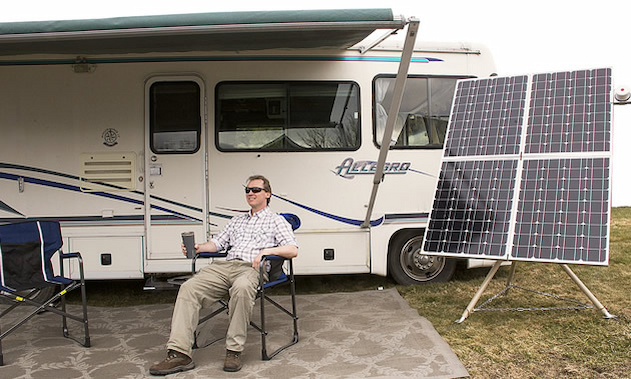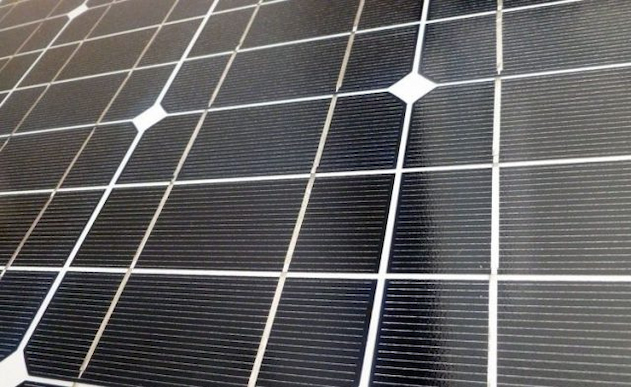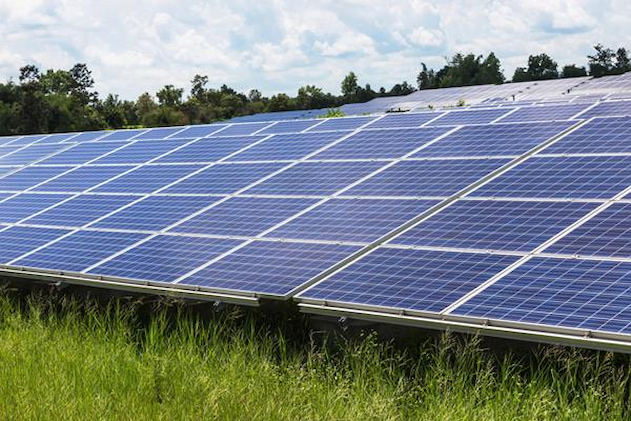Solar Panel Blankets: The Ideal Way to Power Up Your Campsite
If you camp, travel or 4-wheel drive regularly, you must know how beneficial it is to have access to a power source that is renewable and completely free. Such a green source of electricity allows travelling to remote, off-grid areas. Not only will it save you money, but you’ll also be free to go wherever you want without worrying about powering up your appliances.
If you like what you’ve read, you should forget candles for your camping and invest in practical solar accessories like solar panel blankets. What makes solar blankets the ideal way to power up your campsite? How do they work? And how can you choose the right blanket type and size for your next adventure?
The 3 Main Types of Solar Panels for Camping
There are three types of camping solar panels:
1. Solar Blankets

As their name implies, these solar panels look like blankets when unfolded. Designed to be highly flexible and easy to carry, solar panel blankets for camping are the most convenient solar energy solution. You can fold and place them into bags and store them in your car. Since they take so little space, frequent travellers can significantly benefit from their small weight and storage capacities.
Additionally, they’re simple to connect with a battery, making them perfect for beginners and people who don’t have much experience with solar energy. Most camping solar blankets come fully equipped with everything you need once you unpack them.
Such equipment usually includes stands, so you can place your blanket on any surface and harvest more sun. Another key advantage of solar panel blankets for camping is their design. Their flexibility makes them less fragile and capable of withstanding less careful use and damage.
2. Fixed Solar Panels

These are rigid panels similar to the solar power system for homes. They have a sturdy frame, usually installed on the roof of camping vans and other vehicles. Once installed, you can’t move them. And for them to collect more sunlight, you need to expose your van or car directly to the sun, which can be hard sometimes.
Mostly made of glass, they’re also very prone to damage. These reasons make fixed solar panels less convenient for campers and outdoor enthusiasts.
3. Portable Solar Panels

These are similar to their fixed counterparts, with the big difference of not having to be fixated. They also have a rigid framework and glass body but have stands that allow you to put them in different positions to collect more sunlight. Some models are foldable, making them more convenient for transport and travel. Yet, they’re still too heavy for those who tend to pack light as opposed to the lightweight solar panel blankets.
What to Consider Before Buying a Camping Solar Blanket?
Type of Cells
The main breakdown of solar panel blankets for camping is considering the type of cells, as they’re the heart of solar panels.
Monocrystalline Cells

Made from the purest silicon form, the monocrystalline are compact cells that use less space than others. Their efficiency and tendency to last longer make them pricier than others. If you’re not on a budget, you should invest in a solar blanket with mono cells. Also, you’ll likely get some price points and a warranty if you buy your mono cell solar blanket from a specialised store.
Monocrystalline cells have a black hue, and their main disadvantage is lower performance on cloudy days and during higher temperatures. And even then, they’re still very efficient: a solar blanket with a rated output of up to 10.7A per hour is powerful enough to run a large campsite.
Polycrystalline Cells

Since they have many parts made of melted silicon, the polycrystalline cells are as durable as the mono ones but aren’t as effective. Since their production process is more cost-effective, they’re less expensive. They have a blue hue compared to the black of the mono cells, meaning they often tolerate shade better than the monocrystalline panels.
Polycrystalline cell blankets are cheaper but less efficient. If you’re on a budget, though, don’t hesitate to buy one of these, as you can still benefit from solar energy.
Size
Solar blankets have different sizes and solar cell numbers. The bigger the size, the more energy it produces. They’re foldable, which means they still take up very little space when not in use, no matter the size. Your only worry regarding the size should be the amount of electricity generated. Opt for the solar power you need for your campsite, not a particular size.
Weight
Solar panel blankets can weigh anything from 2 to 72 kilos. The bigger the weight is, the better the performance. However, too much weight takes away one of the key benefits, which is easy portability. Choosing a solar blanket offering a good compromise between weight and performance hits the right spot.
Materials
How long do solar blankets last? The answer to this question has a lot to do with the choice of material. As with many things in life, the price point is a good indicator of the quality of the materials used for the solar blankets. While cheaper options might be more affordable, expensive, high-quality materials will last longer and make your solar panel much more efficient.
To Sum Up
Solar blankets have their downsides. Being practical and functional, they can be more expensive than fixed and portable solar panels. Some people have difficulty positioning the blanket at the right angle. And others complain about the inability to use them while on the road.
However, they are still the best option for most people who appreciate the free energy they can get from a 30×30 cm pack weighing only several kilos. So, what can you do? Do the math and enjoy your free energy. Calculating your campsite power needs and buying the proper solar blanket can be highly rewarding.



